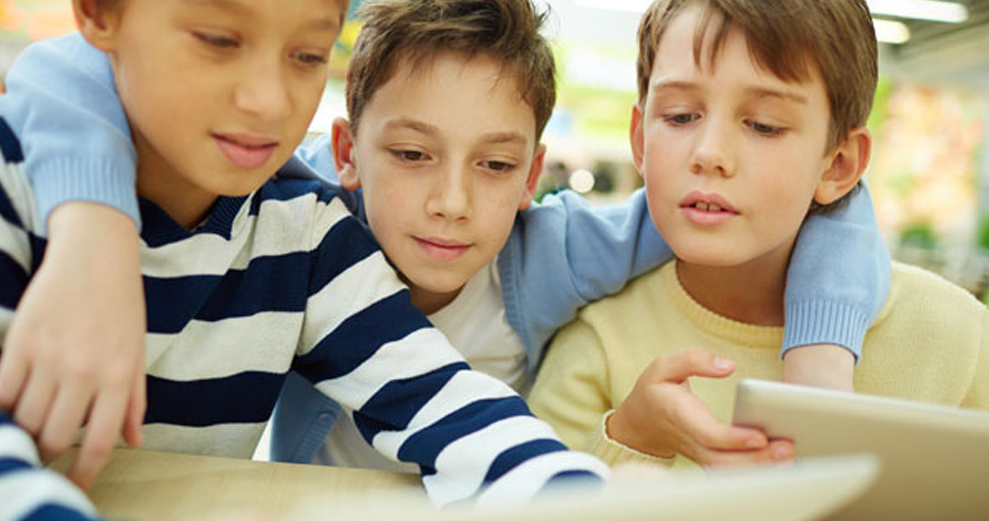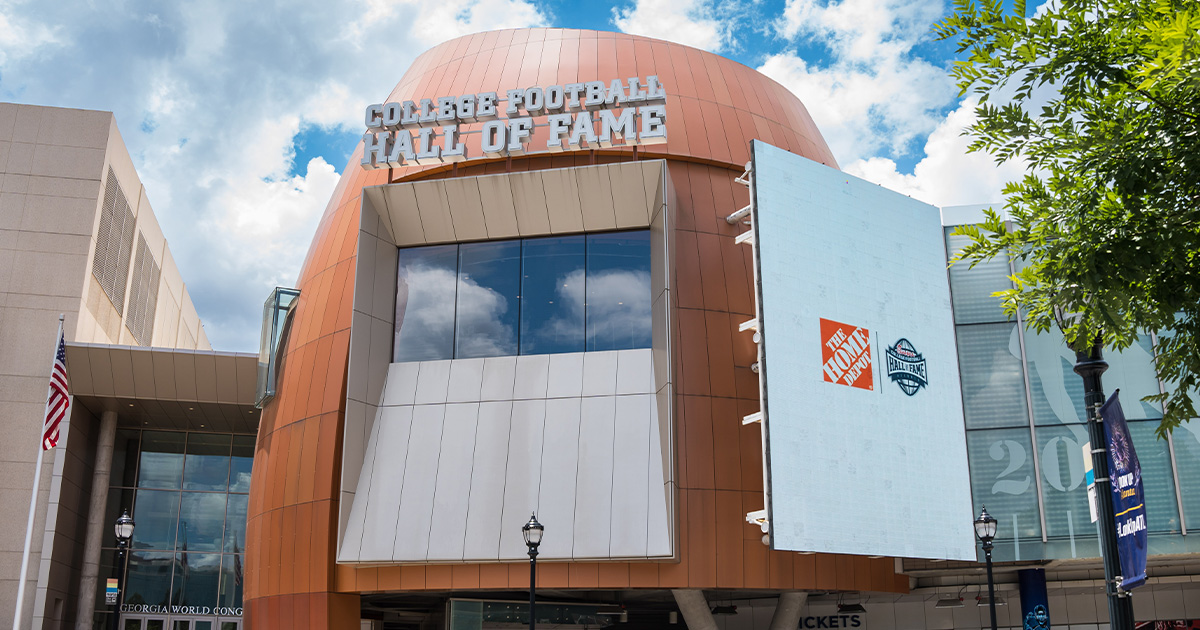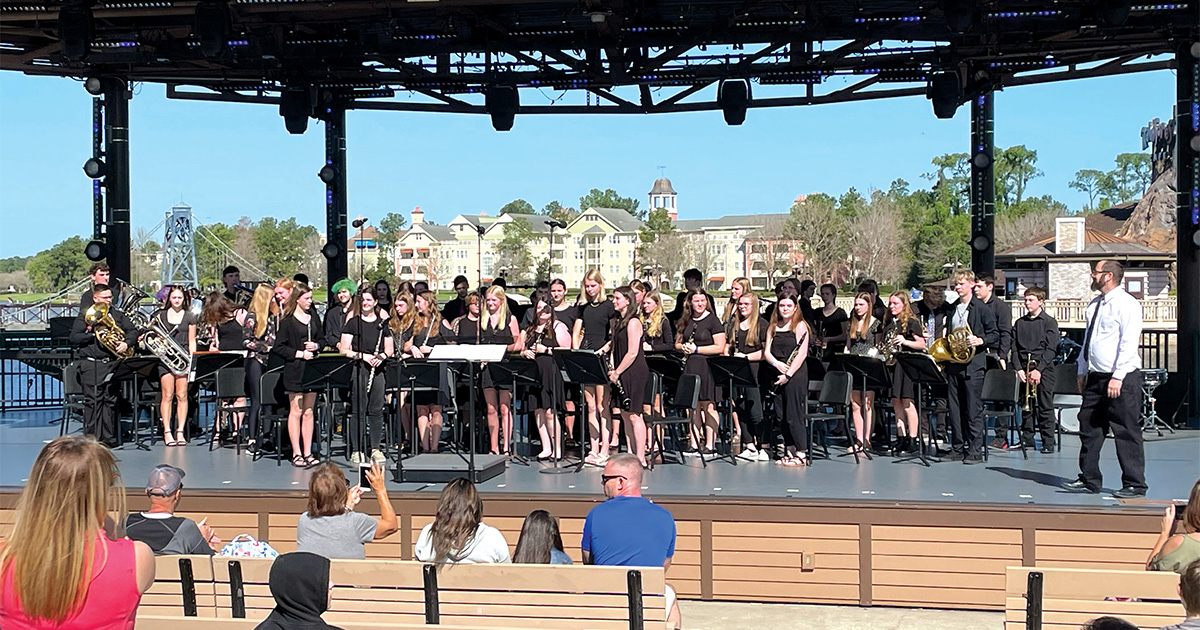We can no longer deny it: Tablets, cellphones and other mobile devices have infiltrated the classroom. Rather than fighting technology, educators have utilized it to enhance student learning. Yet all those devices were never intended to be used while sitting at a desk. “Mobile” is in the name, after all. Get that technology into your students’ hands and get them out of the classroom by integrating technology into your student trips.
1. Make a QR Code Map
All those research projects your students conduct to prepare for a trip? Bring them along with you. First, download a map of your destination—or, better yet, have your students create one. Second, create QR codes for each student’s digital presentation of their research project. Copy and paste those QR codes to destinations on the map. Third, print enough maps for the students and take a tablet or smartphone for a class-created guide of the venue. This works great for trips to historical sites, zoos, nature parks and more.
2. Chat About It
Gather student observations and reflections throughout the experience, or immediately afterwards. Use a chat platform—such as TodaysMeet—to engage students in conversations during a trip. All you have to do is start a chat room and share the URL with your students. You could even get parents and field experts in on the conversation.
Let students carry devices around with them and use the back channel to ask or answer questions, record their thoughts and share their observations.
If it’s too much or not polite during an experience or event, allot time in your schedule for students to contribute their thoughts to the conversation.
Once you’re back in the classroom, use the conversation to extend the learning experience.
3. Create Documentaries
Allow students to document, decipher and share their experience. Plenty of video editing applications and software is available free online. Students can easily link their footage with transitions, add voiceovers and music, and insert titles, text and even special effects. The project takes a lot of time, planning and extra work—but in the end, you’ll have a tangible project to help students remember the trip.
Sources: “Virtual Projects to Add to Real World Field Trips,” by Alison Anderson.




